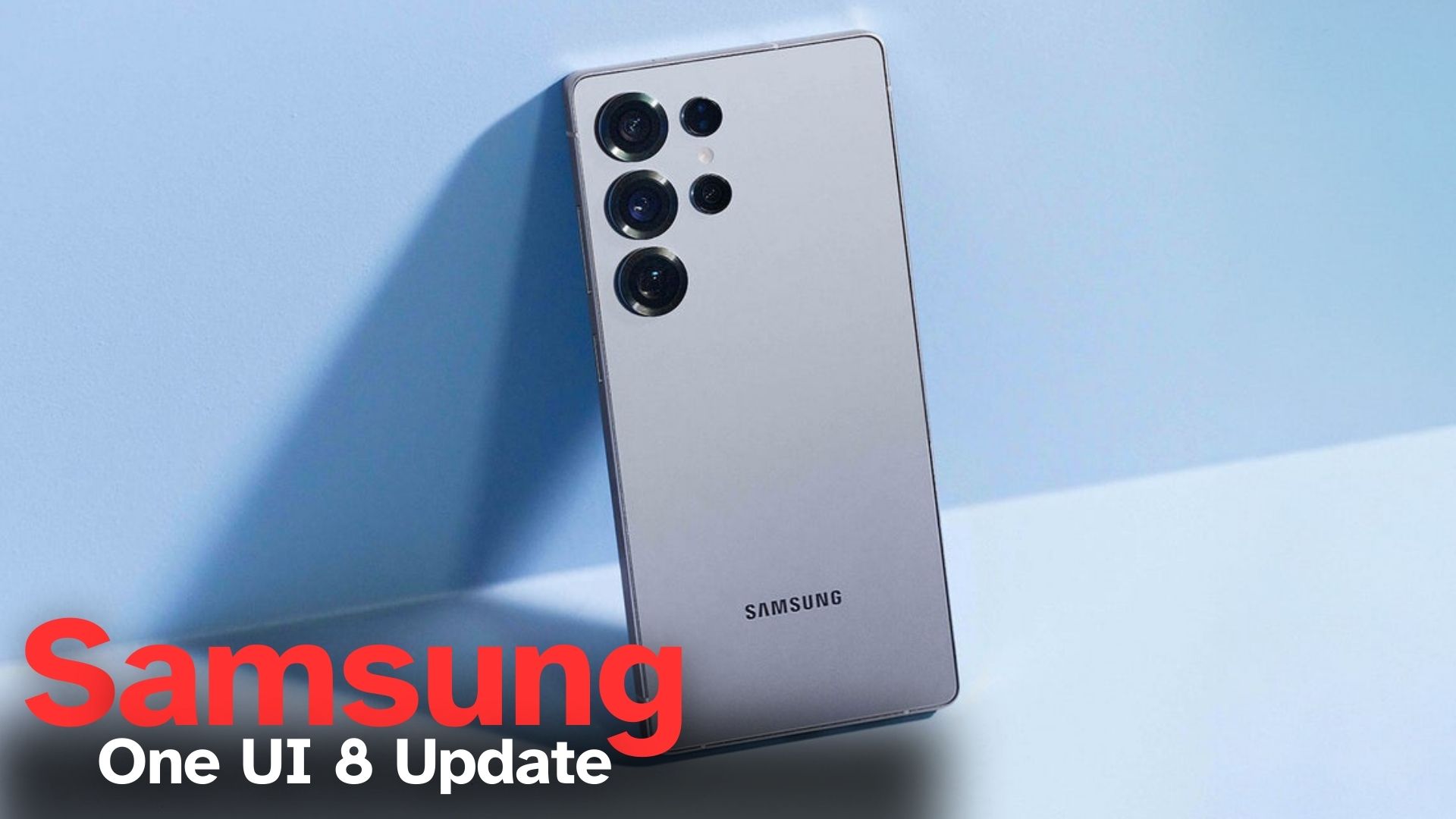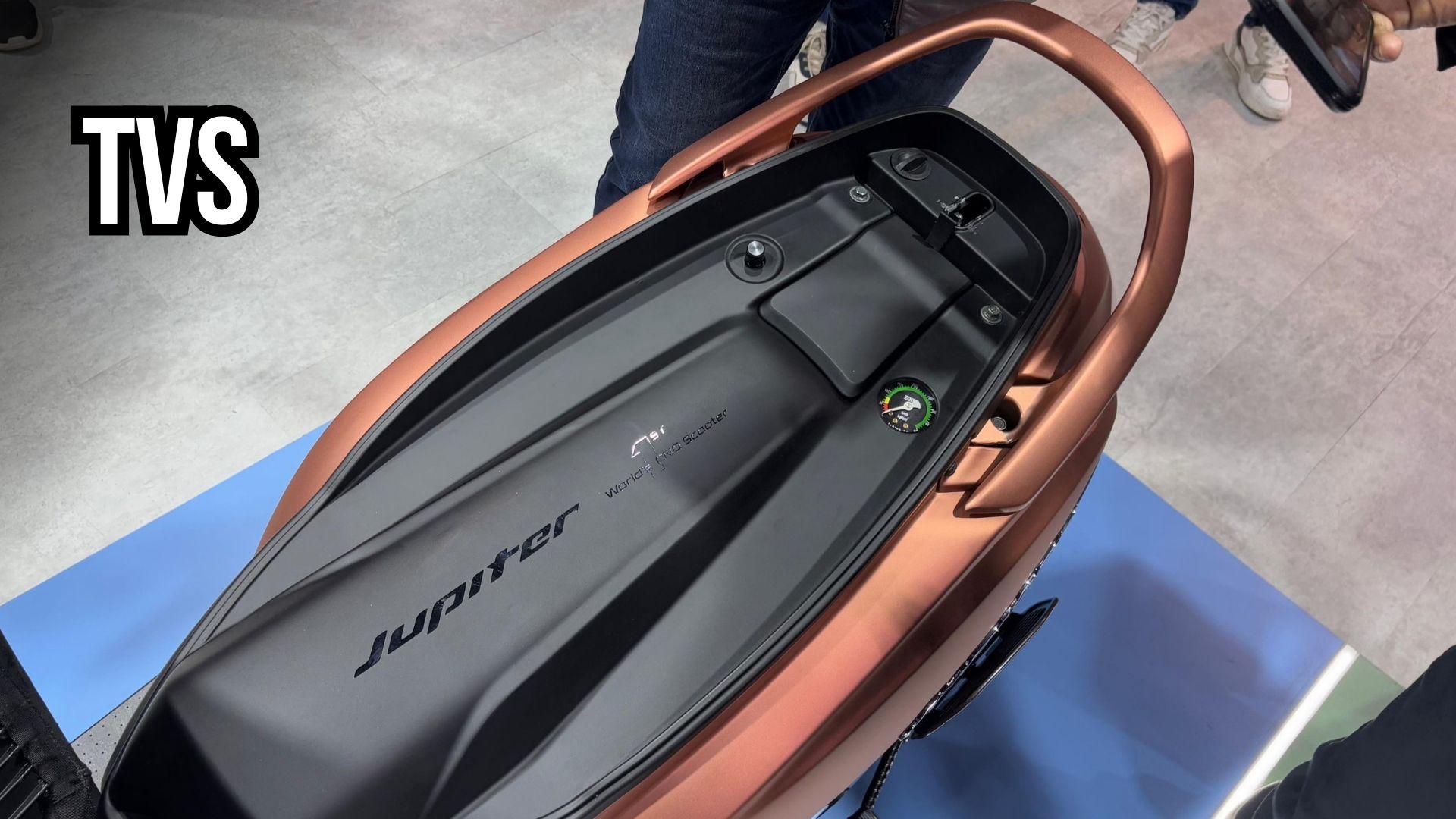As the telecom industry steadily progresses into the era of 5G, 5G Standalone (SA) networks remain a critical point of focus for mobile network operators (MNOs) and vendors alike. Though the global rollout of 5G SA networks has been gradual, industry experts are optimistic about the future growth and impact of these next-generation infrastructures. In this article, we will explore the current status of 5G SA deployments, key growth drivers, the rise of network slicing, and the financial implications on mobile core network (MCN) investments.

Current State of 5G Standalone Networks
Despite the high expectations and hype surrounding 5G, only a small percentage of MNOs have launched full 5G Standalone networks globally. According to recent reports from Dell’Oro Group, only about 10% of the world’s MNOs have fully rolled out 5G SA networks. However, this figure has been steadily increasing, with 71 MNOs having launched 5G SA services to consumers by mid-2025. While this is a promising development, it is worth noting that the growth of 5G SA deployments has been relatively slow considering the number of MNOs operating worldwide. As of 2025, only five new 5G SA services were launched, compared to 12 in 2024, 15 in 2023, and 19 in 2022.
For many MNOs, 5G SA remains on the drawing board, with significant rollouts planned for the near future. Notable operators, including Bouygues Telecom (France), SFR (France), Bharti Airtel (India), MTN (South Africa and Nigeria), Rakuten (Japan), and Vodacom (South Africa), have announced plans to launch 5G SA networks, though specific timelines are yet to be confirmed.
Key Takeaways
Aspect |
Details |
|---|---|
Current 5G SA Launches |
71 MNOs have launched 5G SA services worldwide (as of 2025) |
Projected MCN Growth |
6% CAGR expected from 2024 to 2029 for MCN revenue |
Leading Vendors |
Huawei, Ericsson, Nokia, ZTE |
Notable MNO Plans |
Bouygues Telecom (France), Bharti Airtel (India), MTN (South Africa and Nigeria), Rakuten (Japan) |
Use Cases of Slicing |
Dynamic and static network slicing for business and enterprise use, including security and gaming |
5G+ Gaming Example |
Deutsche Telekom integrates 5G slicing with GeForce Now for cloud gaming |
Drivers of 5G SA Growth: MCN Investments and Subscriber Uptake
While the pace of 5G SA launches may seem slow, there has been an upward trend in mobile core network (MCN) investments, which have benefited from the increased adoption of 5G SA services. In the second quarter of 2025, Dell’Oro Group reported a 31% increase in 5G MCN market growth, driven by the increased number of 5G SA subscribers and network launches. The overall MCN market grew by 19%, leading Dell’Oro to revise its 2025 year-on-year growth rate forecast upwards to 10%. This growth is expected to continue, with MCN revenue projected to increase at a 6% compound annual growth rate (CAGR) from 2024 to 2029.
Interestingly, Huawei despite facing considerable political pressure in the West remains the dominant player in the MCN equipment space, even when excluding China. Ericsson, Nokia, and ZTE are also key competitors in this segment, with each of these companies vying for a share of the expanding 5G MCN market.
Network Slicing: The Future of 5G SA Capabilities
One of the most exciting features of 5G SA networks is the ability to implement network slicing a technology that allows operators to create multiple virtual networks within a single physical 5G network. Network slicing enables operators to provide customized services with varying performance characteristics, tailored to the needs of specific applications or customers.
Dynamic network slicing allows for on-demand performance adjustments based on user needs, such as at a particular venue or for specialized use cases like live broadcasting. Static network slicing, on the other hand, is used for more permanent services like fixed wireless access (FWA) and mission-critical applications that demand consistent, high-performance connections.
A prime example of the practical application of network slicing comes from T-Mobile US, which recently unveiled a new SuperMobile plan. This plan offers enterprises access to a nationwide 5G network slice, complete with security services like Threat Protect and T-Satellite, a direct-to-device satellite service powered by Starlink. This network slice is designed to meet the specific needs of different business sectors, including first responders, event organizers, and video conferencing services.
T-Mobile’s parent company, Deutsche Telekom, is also using 5G network slicing to enhance its 5G+ gaming offering. The company announced that it will integrate the service with GeForce Now, Nvidia’s cloud gaming platform, later in 2025.
Meanwhile, Orange has partnered with Ericsson to implement an orchestration solution that enables automatic and dynamic provisioning of network slices. This solution is being used to offer various services, including FWA for residential customers and dedicated bandwidth for businesses.
The Road Ahead for 5G SA
As the global rollout of 5G SA networks continues, the market is poised for significant transformation. By 2029, 5G SA and associated technologies like network slicing will likely redefine the way mobile operators serve both consumers and enterprises. These developments will also stimulate further investment in mobile core networks, driving industry growth.
However, the global deployment of 5G SA remains a gradual process, with many operators still working toward full-scale rollouts. Nonetheless, the benefits offered by 5G SA, including greater flexibility, reliability, and higher performance, will likely spur the momentum needed for more widespread adoption in the coming years.
Frequently Asked Questions (FAQ)
Q. What is the difference between 5G SA and 5G NSA?
A. 5G SA (Standalone) uses only 5G infrastructure for both the core and the radio access network, while 5G NSA (Non-Standalone) relies on 4G LTE for the core network, with 5G used for the radio access.
Q. Which companies are leading the 5G MCN market?
A. Huawei remains the top player, followed by Ericsson, Nokia, and ZTE in the MCN equipment market.
Q. What is network slicing in 5G?
A. Network slicing allows operators to create virtual networks within a physical network, offering customized performance for different services or customers.
Q. Why is 5G SA deployment slow?
A. 5G SA rollouts have been slow due to the complexity of building new network infrastructures, regulatory challenges, and the need for substantial investments.
Q. What are the future prospects for 5G SA?
A. The future of 5G SA is promising, with increased network slicing, enhanced enterprise solutions, and significant growth in mobile core network investments expected in the coming years.
For More Information Click HERE









